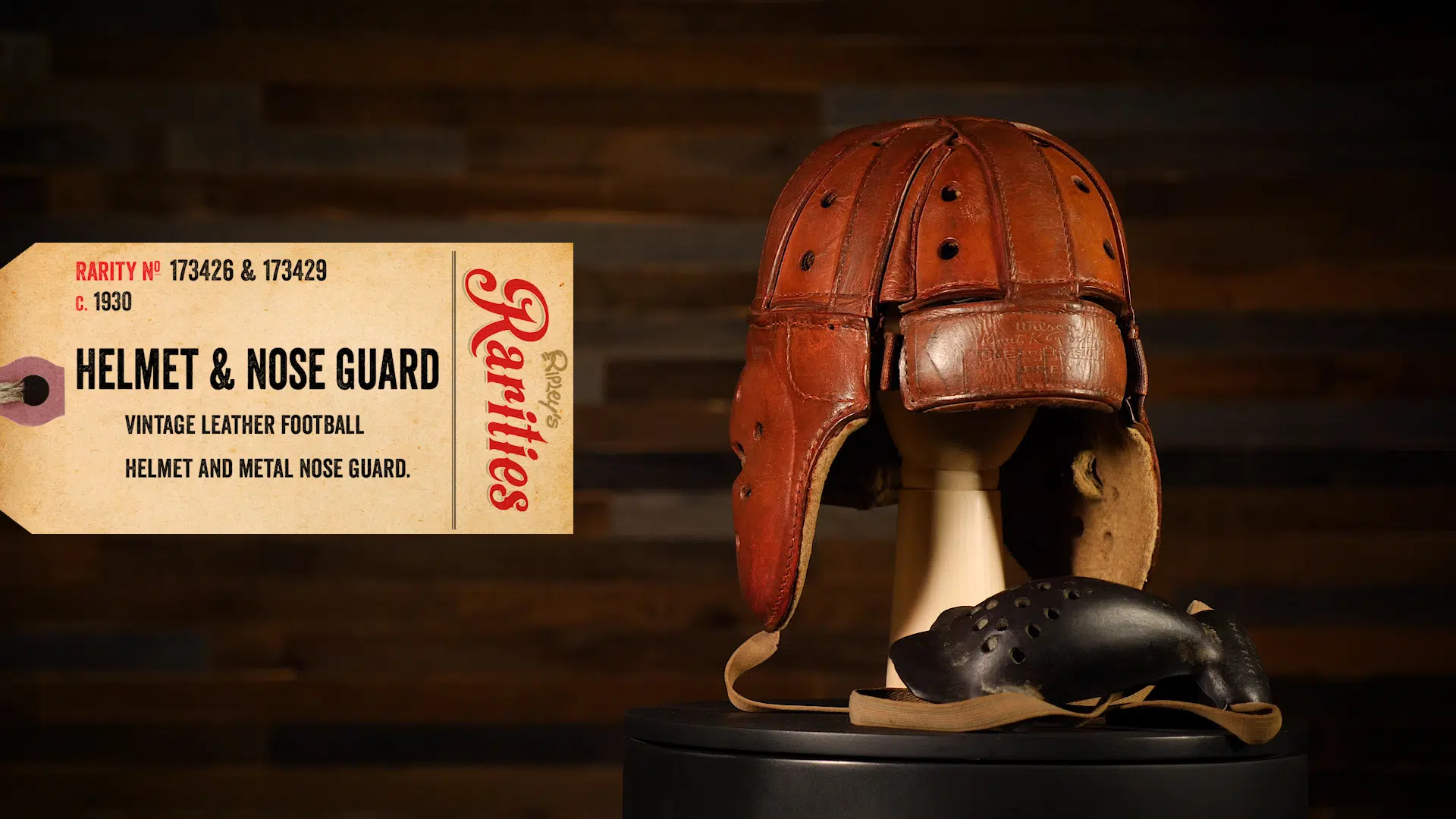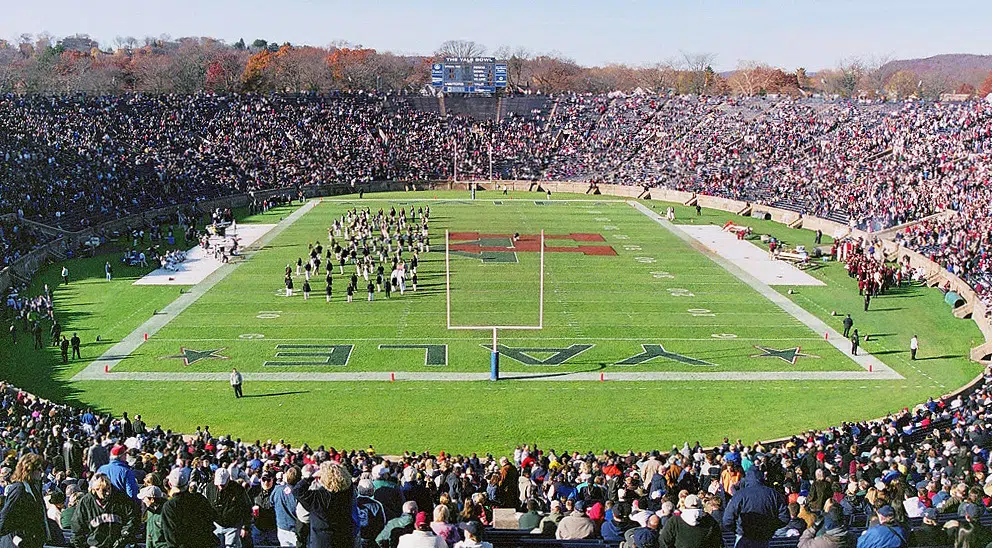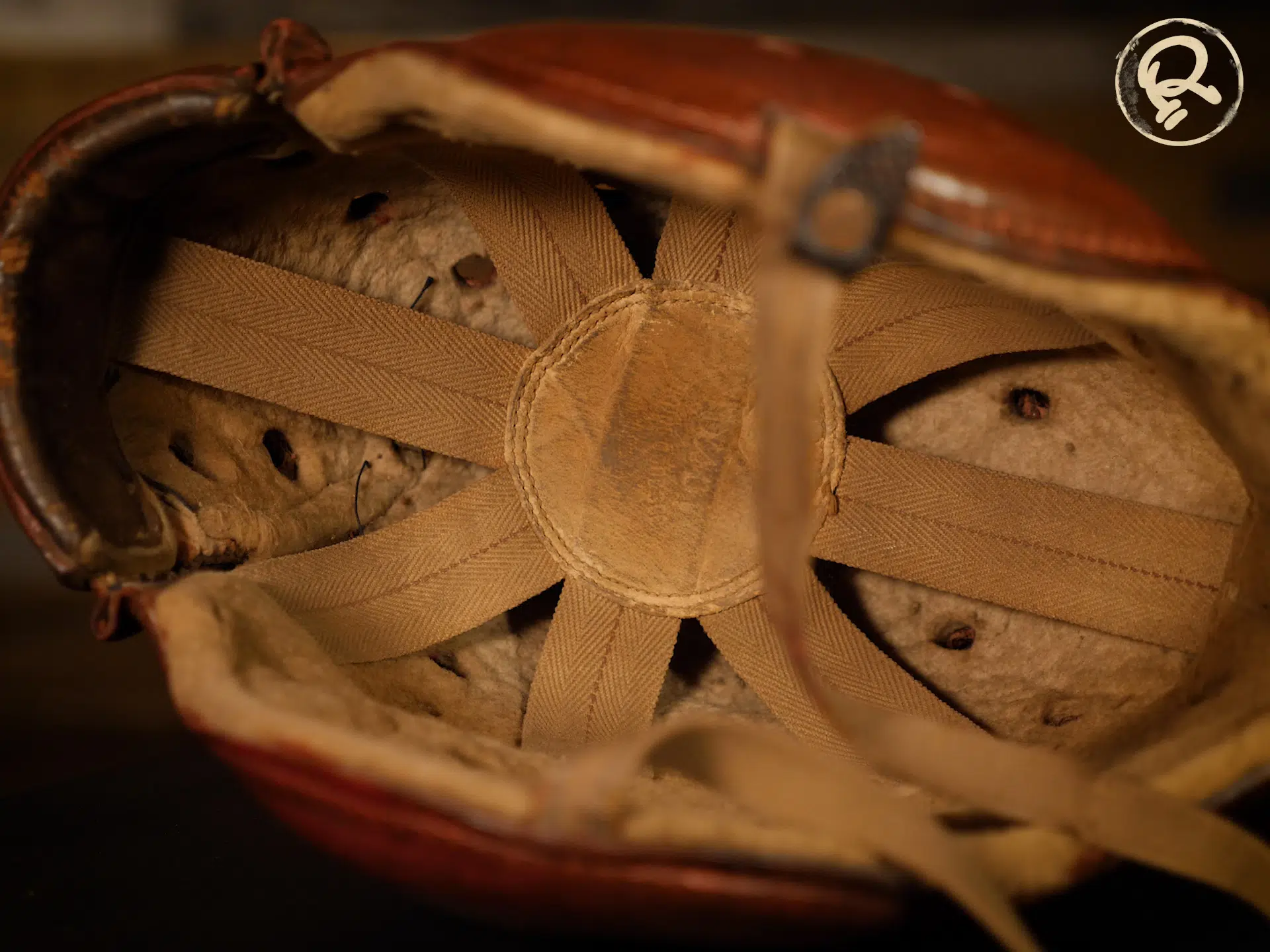Vintage Football Protection Could Do More Harm Than Good
Featured in Ripley's Believe It or Not!

The first game of American football is said to have taken place on November 6th, 1869. Though it bore little resemblance to the sport showcased at the Super Bowl every year, it marked a departure from the mob sports of Europe, combining kicks and forward passing. As participation in the sport at East-coast schools grew, rules meant to standardize the game emerged. After six years of scattered play, Harvard faced off against Yale in what’s referred to as The Game.

Harvard and Yale renew their rivalry at The Game every year./CC Henry Trotter





